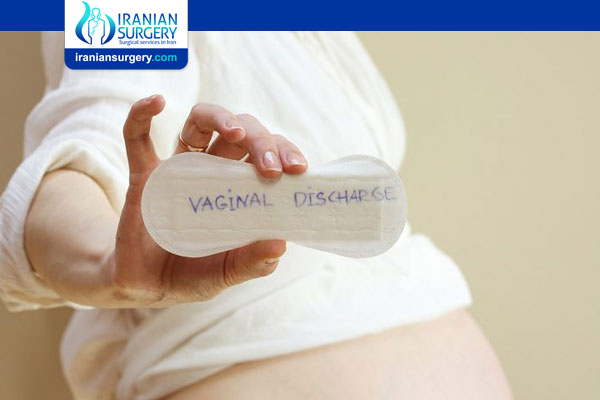Watery Discharge After IVF Embryo Transfer
Is watery discharge normal after embryo transfer?
What kind of discharge is normal after embryo transfer?
Have you noticed that you have a watery discharge while trying to conceive or early on in pregnancy? You might wonder if this is a good sign or a bad one.
Every little sign can be nerve-wracking at the start of pregnancy, especially if you are a first-time parent. And as not every pregnancy is the same, you might find yourself dealing with things your friends didn’t experience, and that might make you nervous.
Read more about : Ivf in Iran
Read more about : Do IVF babies look like Mom or Dad ?
To help you understand why you may be having a watery discharge in early pregnancy, we’ll look at what it means, discuss other signs to watch for, and let you know when you should consider seeing a doctor about it.

Is Watery Discharge an Early Pregnancy Symptom?
Vaginal discharge is a perfectly normal part of having a vagina. Most girls begin to experience this a few years before puberty begins, and it only ends after menopause is complete. During this time, we all experience many changes in how our discharge looks.
During pregnancy, the cervix and vaginal walls soften and discharge increases. This might not make a lot of sense on the surface, but this discharge has an essential job. It is our vagina’s self-cleaning mechanism, and the amount of discharge increases when we are pregnant to keep bacteria and viruses out.
Read more about : If not pregnant after ivf when does period start
This increase happens because, at first, the cervix is not fully plugged with a mucus plug, so there is a risk of an infection traveling into the uterus, affecting the womb, placenta, or even the baby.
For example, think about how when you ovulate, vaginal discharge increases. This is due to an increase in hormone levels and blood flow. The same process happens even more frequently during pregnancy.
What Will It Look Like?
Discharge during early pregnancy can be watery, clear, white, or just plain thin. There is no specific way it needs to look, and it could be different from pregnancy to pregnancy.
For example, if you already have a minor infection or are eating better during your pregnancy, you might find you have a more watery discharge than last time.
As your pregnancy progresses, the discharge will change too, and near the end, it might become so abundant and watery that you confuse it with urine. This is all perfectly normal.
On the other hand, watery discharge doesn’t automatically mean you’re pregnant. Many more things could lead to an increase in discharge or make it more transparent or watery.
About Iranian Surgery
Iranian surgery is an online medical tourism platform where you can find the best infertility specialists in Iran. The price of IVF treatment in Iran can vary according to each individual’s case and will be determined by an in-person assessment with the doctor.
For more information about the cost of IVF treatment in Iran and to schedule an appointment in advance, you can contact Iranian Surgery consultants via WhatsApp number 0098 901 929 0946. This service is completely free.
Source:
https://momlovesbest.com/watery-discharge-pregnancy


